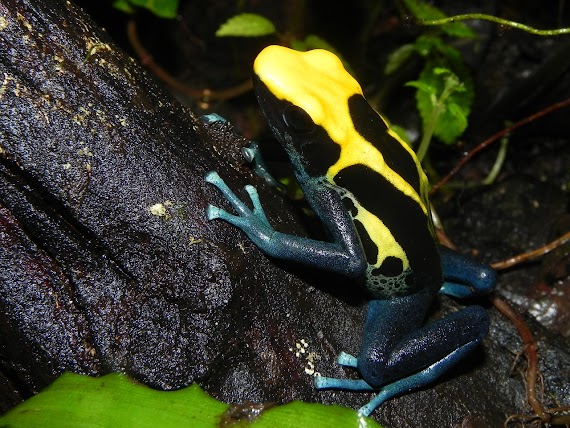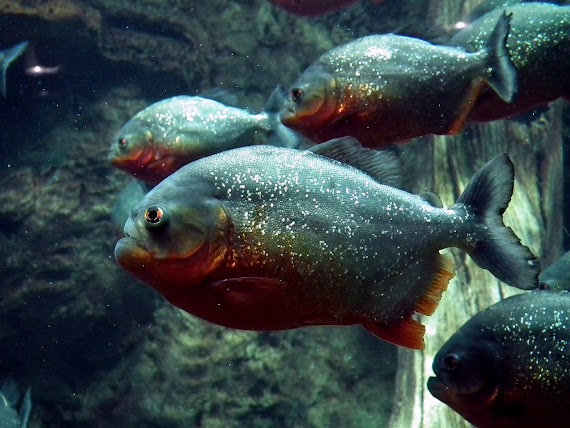Pool Frog images - The pool frog (Pelophylax lessonae) is a European frog. It is one of only four amphibian species recognized by the UK government as protected under its Biodiversity Action Plan. The reasons for declining populations are decreased pond habitat from human encroachment and also air pollution leading to over-nitrification of pond waters. Its specific name was chosen by the Italian herpetologist Lorenzo Camerano in order to honour his master Michele Lessona. (Wikipedia)
See also: Pond Skater Images Collection
Images Source:
Wikipedia.Org, Pixabay.Com |
Pool Frog Images
 |
| By Piet Spaans - Own work, CC BY-SA 2.5, https://commons.wikimedia.org/w/index.php?curid=1683096 |
 |
| CC BY-SA 3.0, https://commons.wikimedia.org/w/index.php?curid=14101 |
Images of Pool Frog
The pool frog has not always been recognised as a native British species. Part of the reason for this is that other similar species are known to have been introduced. However research has now shown that a native origin is most likely.The Herpetological Conservation Trust website states that "The Pool Frog is a European frog and was formerly recorded from two sites in East Anglia although it was lost from one of these in the middle of the 19th century. It was presumed extinct in the wild at the last remaining site by 1995. A single individual known from this population survived in captivity until 1999. Other populations have become established in the UK and it is known that some of these included individuals of British origin in their founding stock."
An English Nature reintroduction project is underway in Breckland, where pool frogs were introduced to a single site in 2005.
attention: all images contained on this "Pool Frog Images" page does not belong to this blog, the images used for information purposes only. If you are the owner of the image above and don't want the picture shown, please contact us and we'll remove it immediately. Thank you
|












































